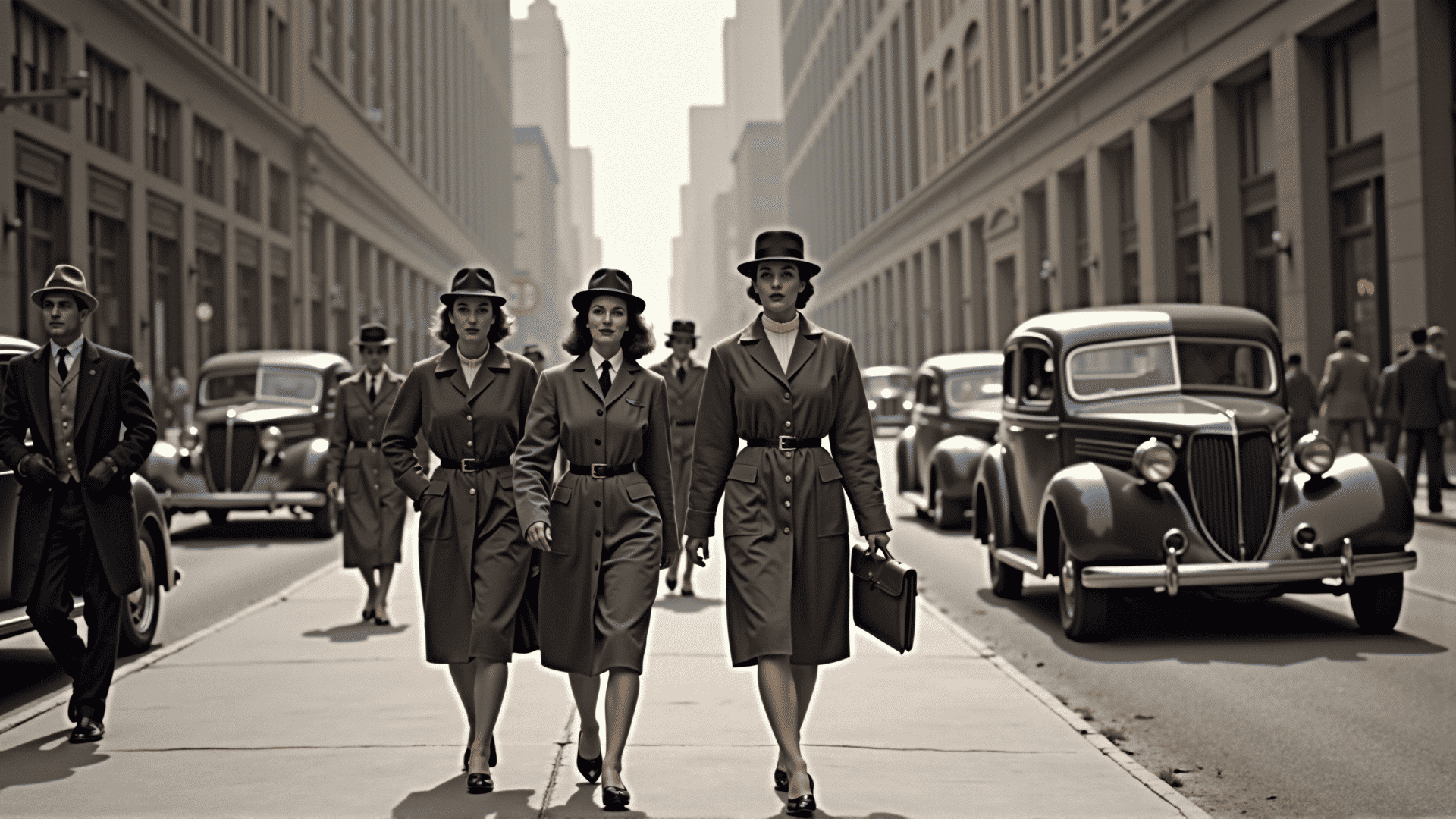The 1940s was a decade marked by transformation and adaptation, with World War II's influence reaching far beyond the battlefield into the realm of fashion. As the war took center stage, the world saw clothing styles shift dramatically due to material restrictions and societal changes.
With the introduction of rationing, fabrics became a precious commodity. This led to a more streamlined and practical approach to clothing design. Natural materials, like wool, silk, and nylon, were in short supply as these were diverted to the war effort. In response, designers started to work with alternative fabrics such as rayon and viscose, which offered similar textures to more traditional materials.
Utility and functionality became the guiding principles in fashion, inspiring designers to produce clothing that was not only stylish but also long-lasting. Clothing items became simpler, with a focus on sharp lines and classic silhouettes. Women’s skirts and dresses were often knee-length with minimal embellishment, distinguishing themselves with elegant tailoring instead of ornate details. Hemlines went up, and styles shifted towards a more uniform appearance as a response to economize on materials.
Despite these constraints, innovation did not take a backseat. Individuals and designers alike embraced creativity, leading to the iconic "make do and mend" campaign. People repurposed fabrics from older garments or other household items to craft new outfits, reflecting a spirit of resourcefulness. Men's clothing also adapted, with a notable increase in military-inspired fashion. The bomber jacket and trench coat emerged as popular items, reflecting the wartime ethos even in civilian attire.
Accessories also played a crucial role during this era. Fashionable hats, scarves, and gloves added flair and personal expression to otherwise modest outfits. Hairstyles complemented the practicality trend, with women adopting styles that were tasteful yet functional, such as the iconic victory rolls and updos.
The end of the war marked a shift again, as newfound optimism sparked changes in clothing trends. With restrictions lifting, the fabric's richness and design complexity returned. However, the lessons learned from this era of scarcity—such as valuing durability and creativity—left a lasting mark on fashion sensibilities.
In conclusion, the 1940s wartime fashion stands as a testament to human adaptability and resilience. It illustrates how adversity can lead to innovation, creating a distinctive style that still inspires fashion today. Through necessity, the fashion of this time found a perfect balance between practicality and innovation, influencing the course of the industry for decades to come.
